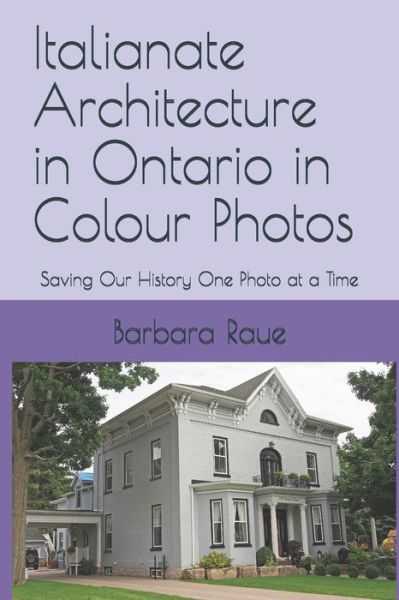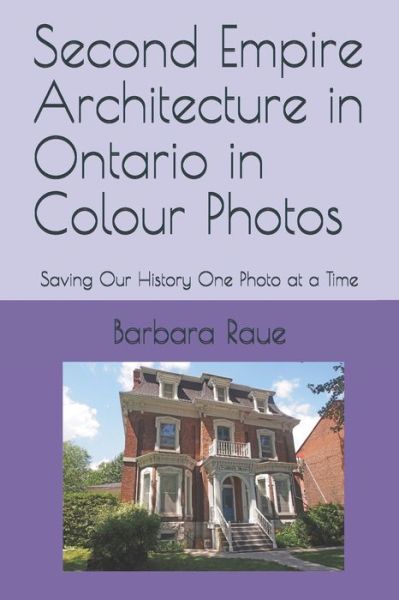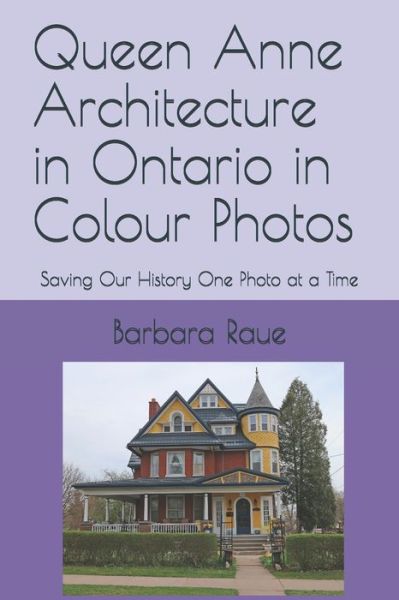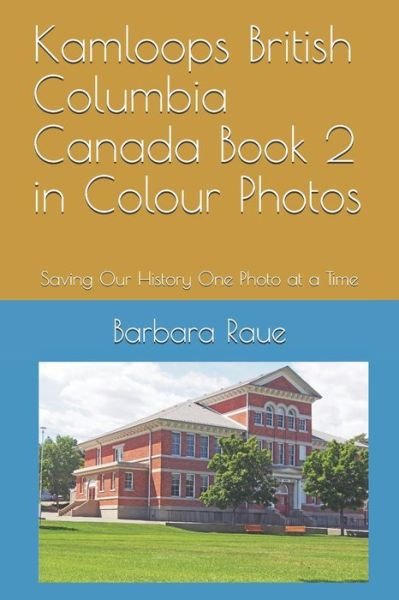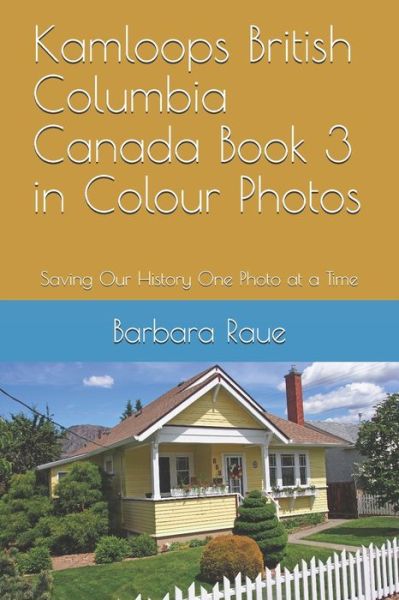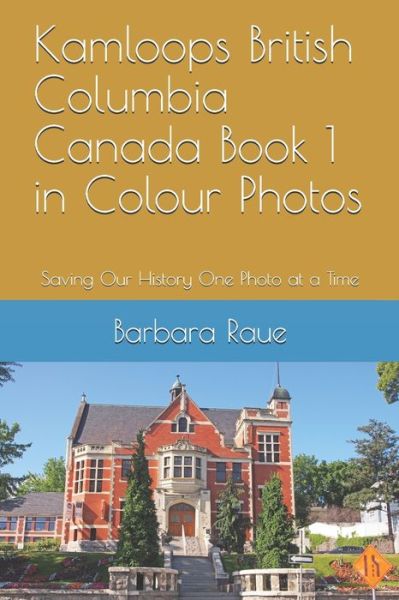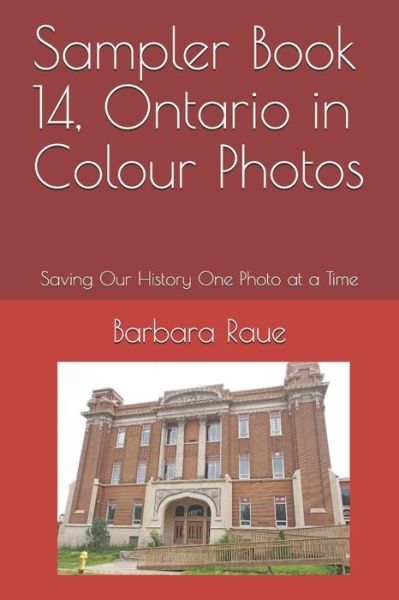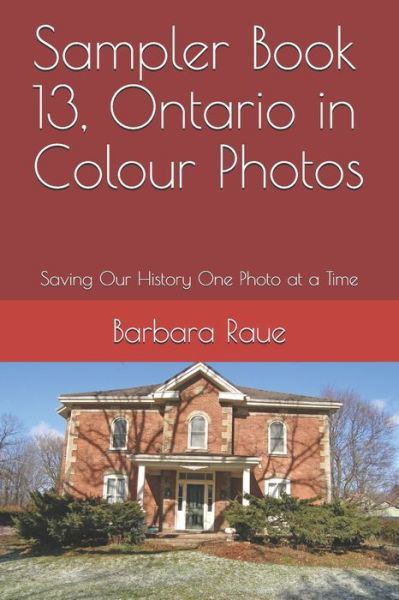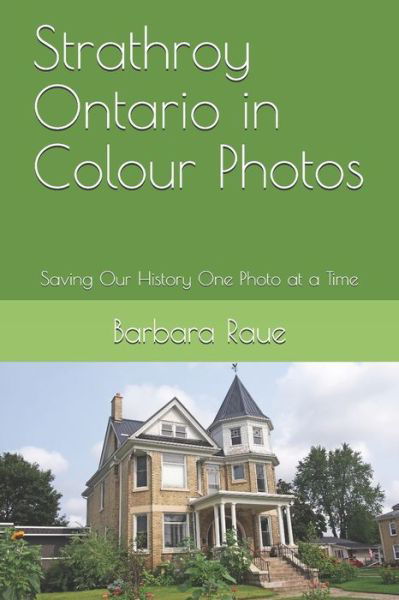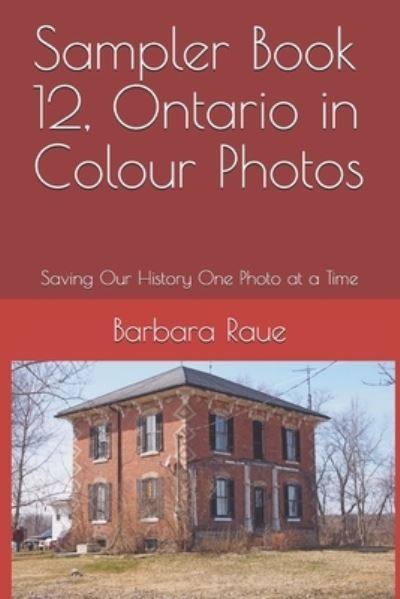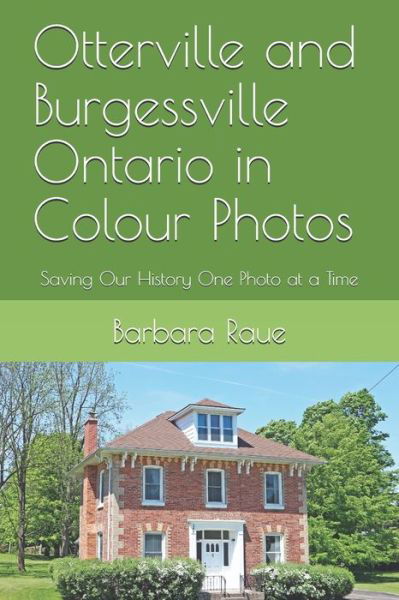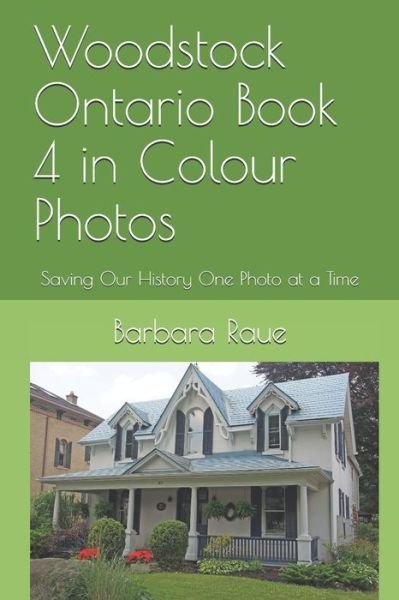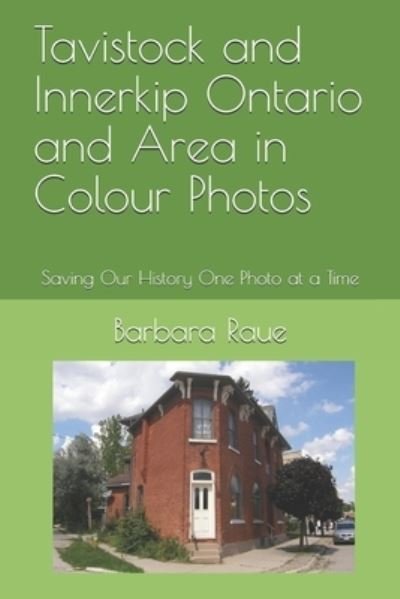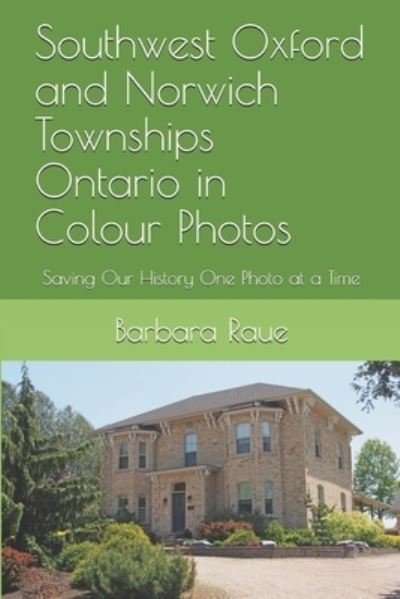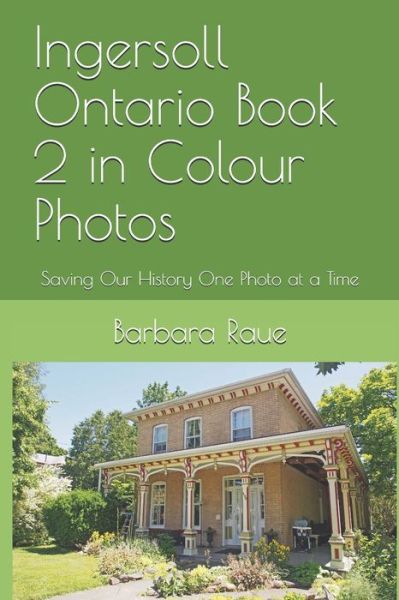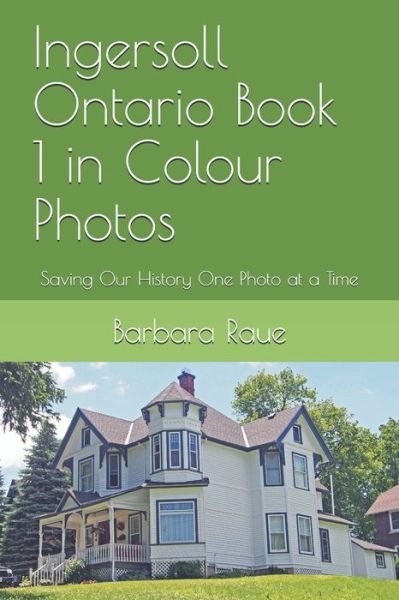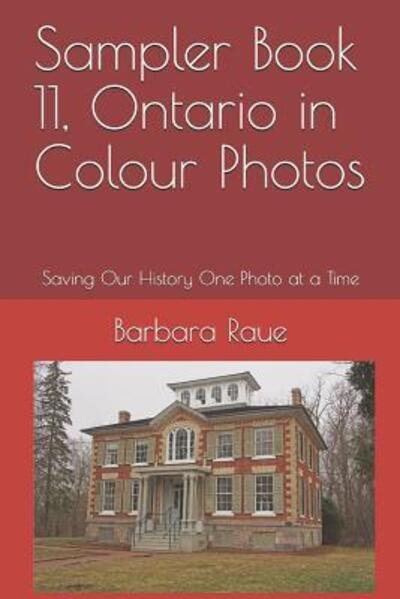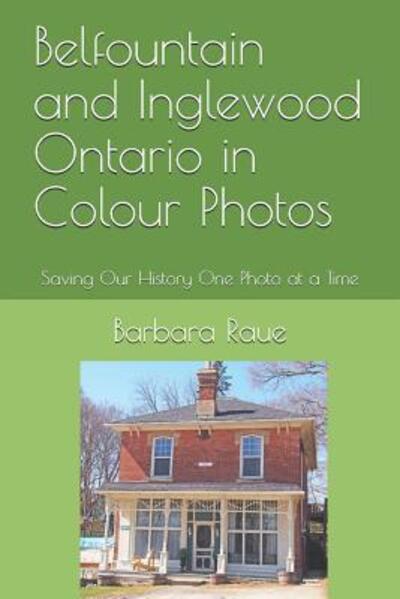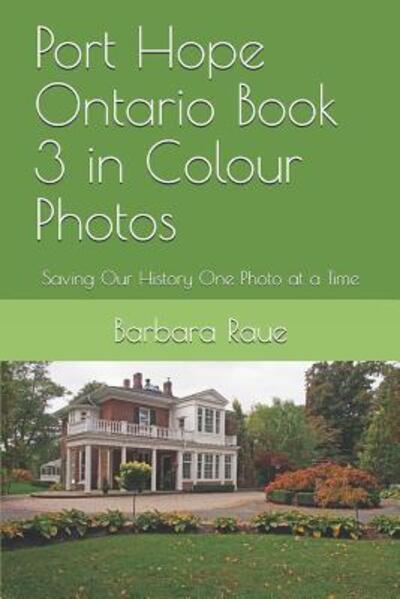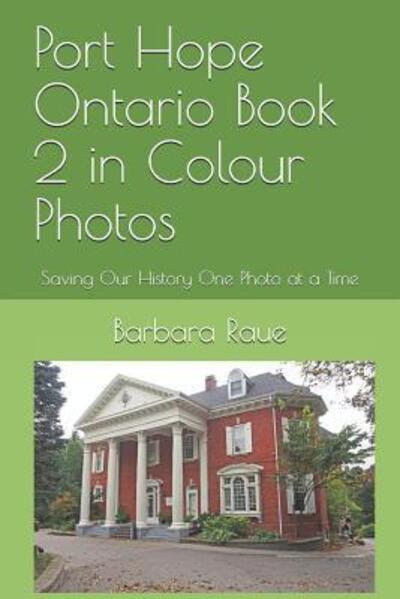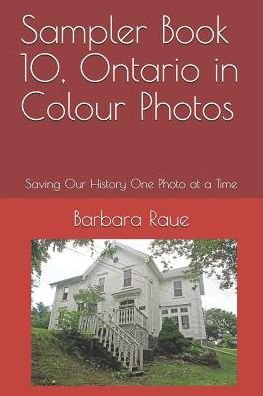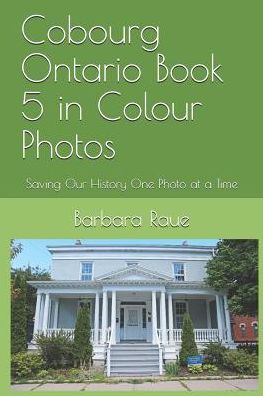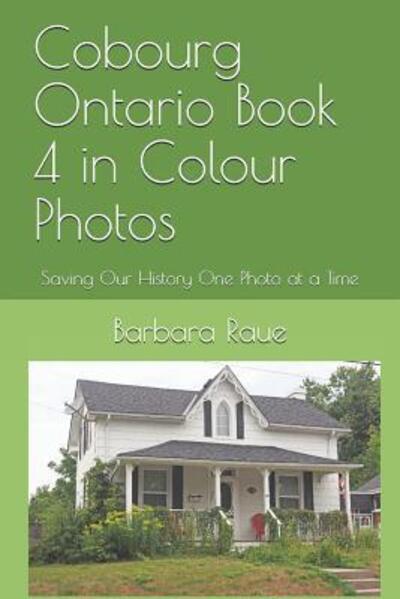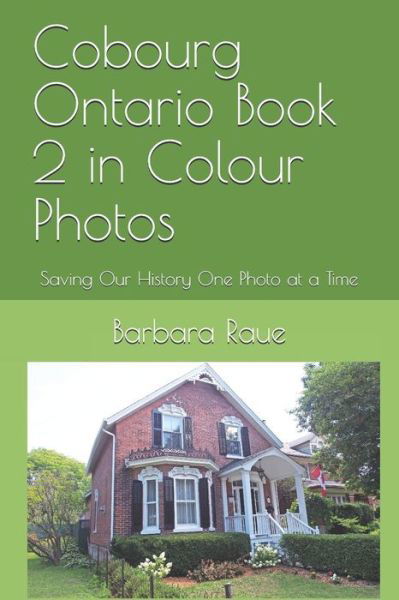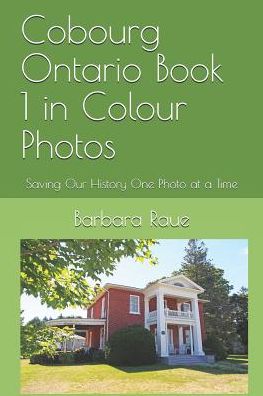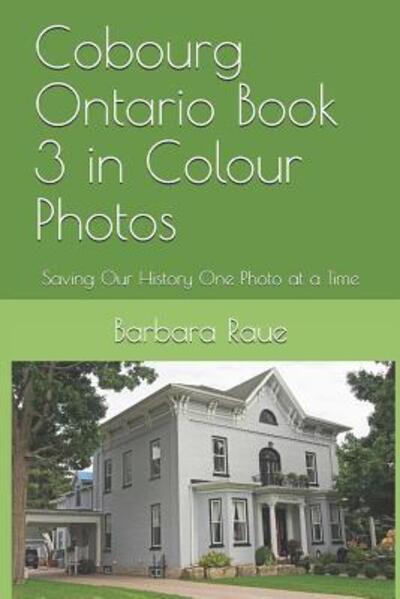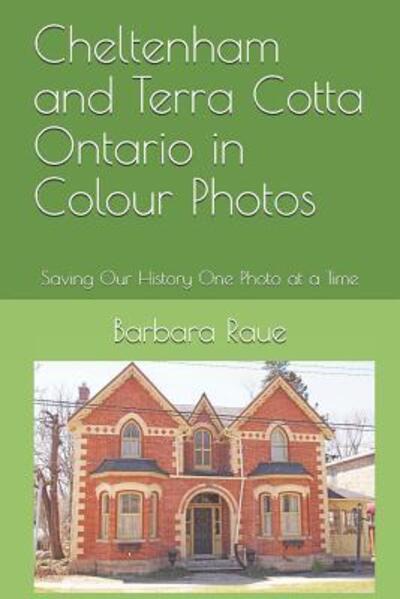
Tell your friends about this item:
Cheltenham and Terra Cotta Ontario in Colour Photos
Barbara Raue
Cheltenham and Terra Cotta Ontario in Colour Photos
Barbara Raue
Cheltenham - In 1816 Charles and Martha Haines and three children left England for New York; the following year they arrived in York, Upper Canada, where Charles, a millwright, built mills. In 1819, the Chinguacousy Township survey was completed and Haines purchased 100 acres along the Credit River with a mill site west of Creditview Road. The Haines family settled in what he named 'Cheltenham' after his birthplace. It is located north-west of Brampton. In 1827 he built a grist mill, dammed the river and chiseled mill stones. In 1842, Frederick Haines, the second son, built Cheltenham's first store. In 1845, the first tavern was built and run by C. Spence. In 1847, to meet demand, Haines built a larger mill with three runs of stone, and he constructed a saw mill on the south side of the river. In 1848, William Henry built an Inn. In 1850, the first blacksmith shop was built. In 1852, Cheltenham post office opened with William Allan as first postmaster. By 1853, Cheltenham had three hotels. In the 1860s, the commercial core expanded with the addition of four shoe stores, a saddlery, and two cabinet makers. In 1874, the Hamilton & Northwestern Railway arrived north of the village (later became CNR). In 1877, the Credit Valley Railway arrived about one kilometer east of the village, accessed by Station Road. In the 1870s, Kee's steam tannery was started and two distilleries produced 'Cheltenham Wheat Whisky'. In 1887, fire destroyed a major block of buildings; rebuilding began. In 1914, Interprovincial Brick Company opened a plant just west of the village center. In 1822, Joseph Kenny was awarded a Crown Grant in Chinguacousy Township of 100 acres along the Credit River on which much of Terra Cotta now sits. It is located south of Cheltenham. In 1857, Henry Tucker purchased 40 acres from Kenny to build grist and saw mills powered by a dam and mill race on the Credit River. Simon Plewes bought the mills in 1859 and the hamlet became known as Plewes Mills. By the time a church, the Wesleyan Methodist Church, was built in 1862 the village had been renamed Salmonville for the annual spawning frenzy. A post office opened in 1866 and by 1874 there were thirty-four surveyed lots in the hamlet on the banks of the Credit River. This early community spread westwards and straddled the boundary of Chinguacousy and Esquesing townships. This divided the village schoolchildren, their two schoolhouses being in opposite directions. By 1873 the village had acquired telegraph facilities, two sawmills and a grist mill, and in 1877 the Hamilton & Northwestern Railway arrived, stimulating local industry and farm exports. Industry began with brickworks exploiting the local red clay, and by 1891 the post office was renamed Terra Cotta. In the 1930s, the brickworks became victims of the Depression and only a kiln chimney remains. Quarries east of Terra Cotta were established in the 1840s and the arrival of the railway broadened their market reach, allowing local sandstone to be used as far away as Ottawa in the Parliament Buildings. In the 1940s, community enterprise expanded into recreation. The river's abundant water resources were used to develop Clancy's Ranch as a weekend resort, expanded in 1949 into Terra Cotta Playground, and purchased in 1958 by Credit Valley Conservation
| Media | Books Paperback Book (Book with soft cover and glued back) |
| Released | May 18, 2019 |
| ISBN13 | 9781099249143 |
| Publishers | Independently Published |
| Pages | 50 |
| Dimensions | 152 × 229 × 3 mm · 104 g |
| Language | English |


